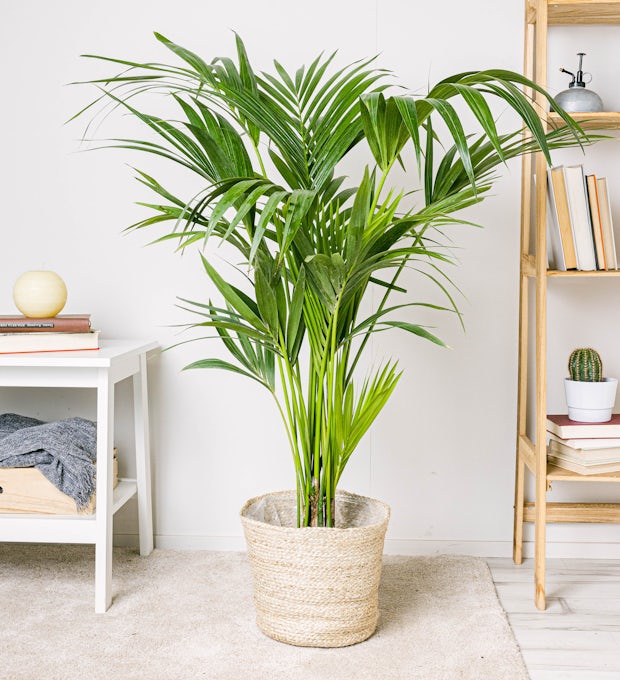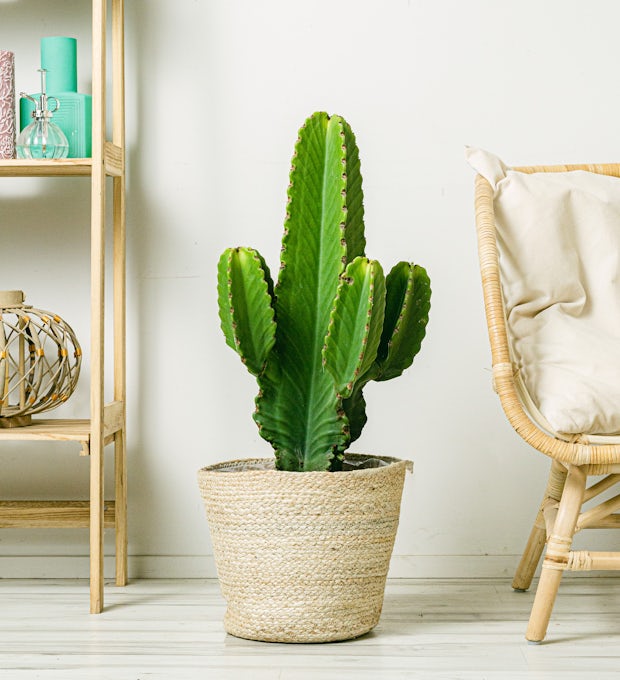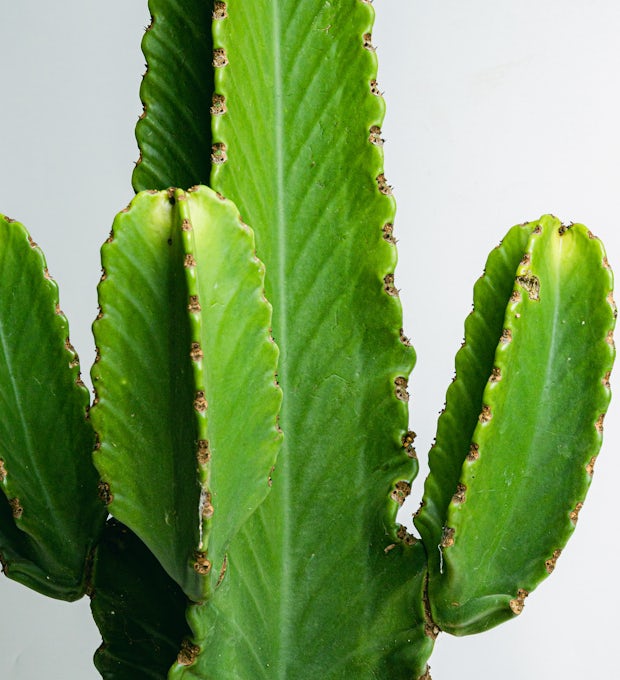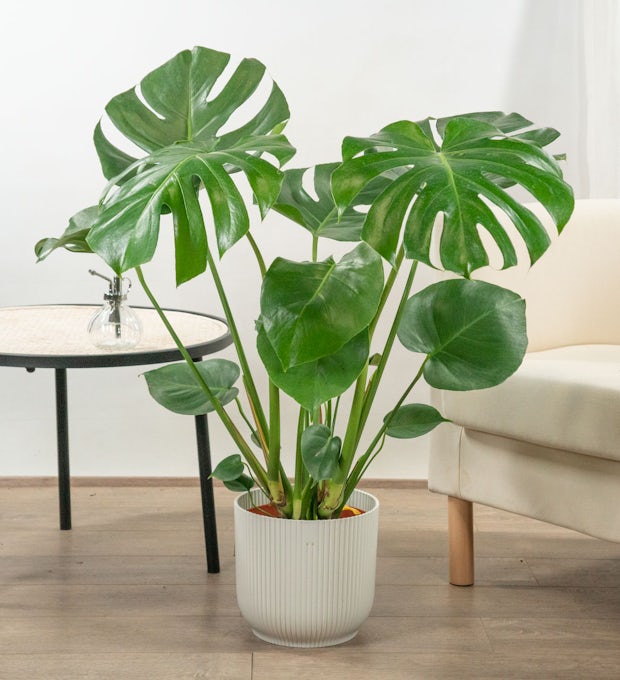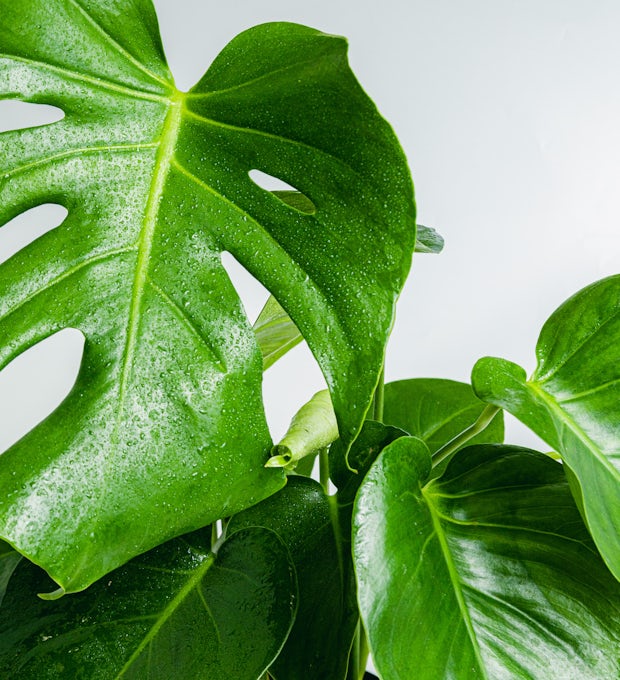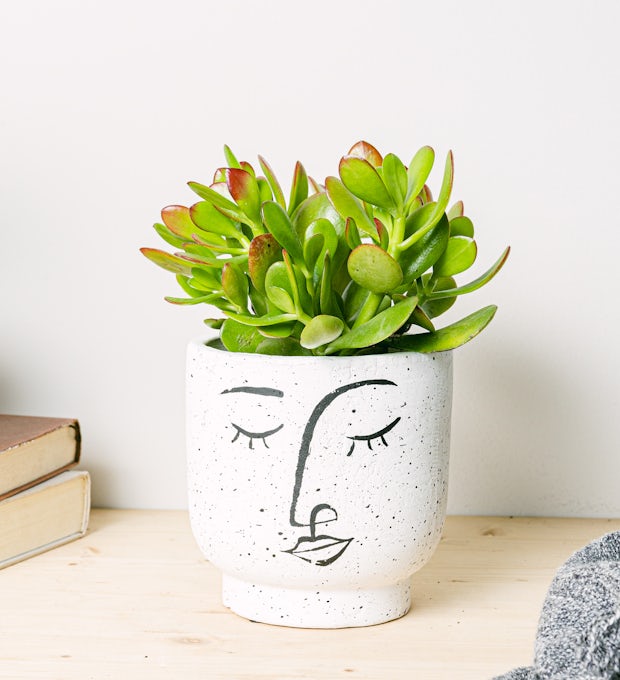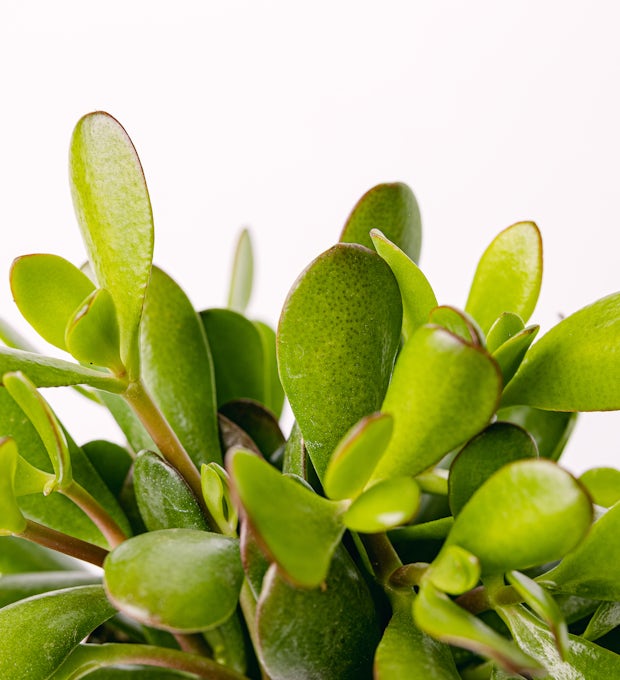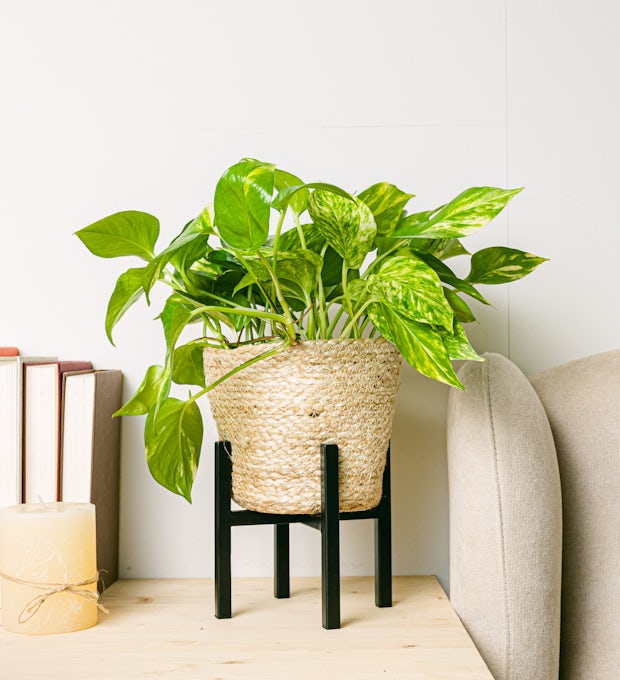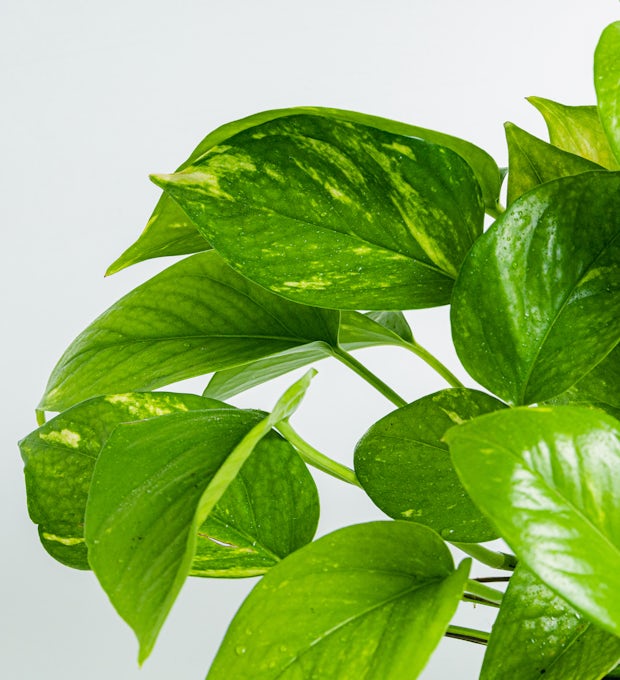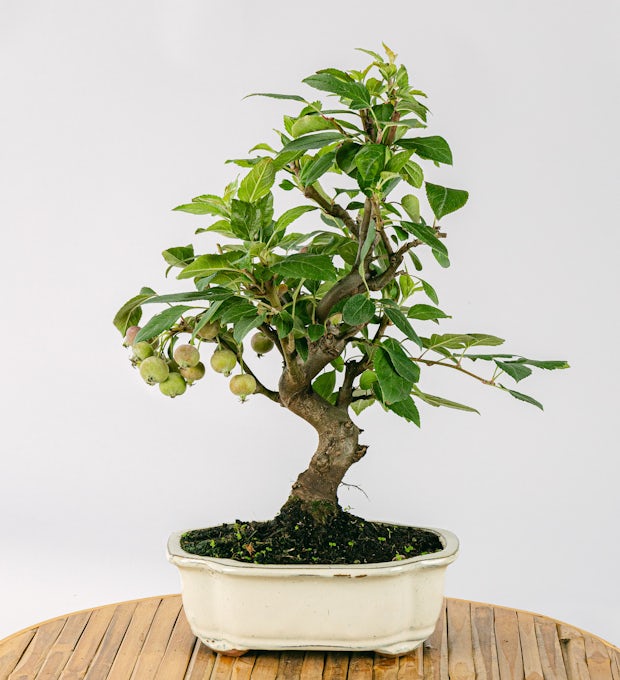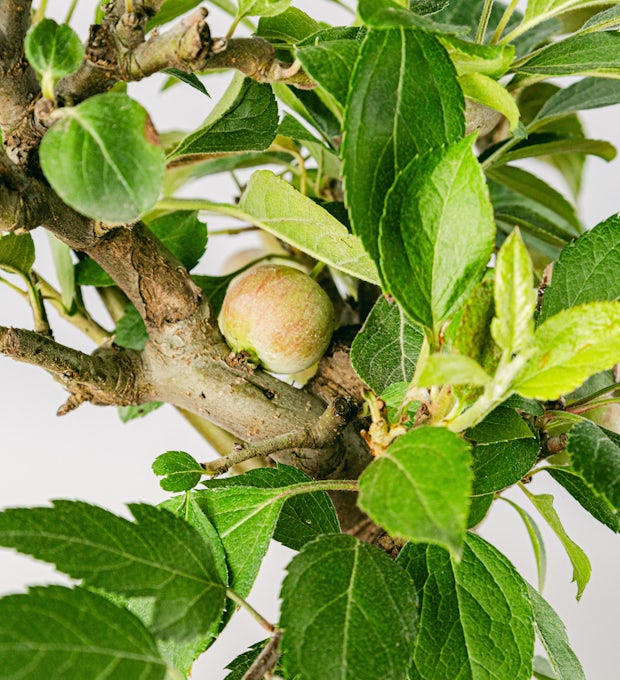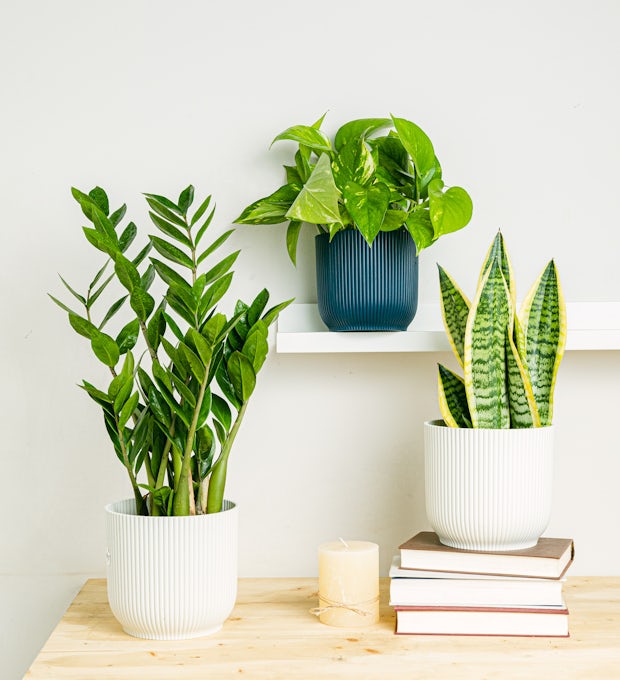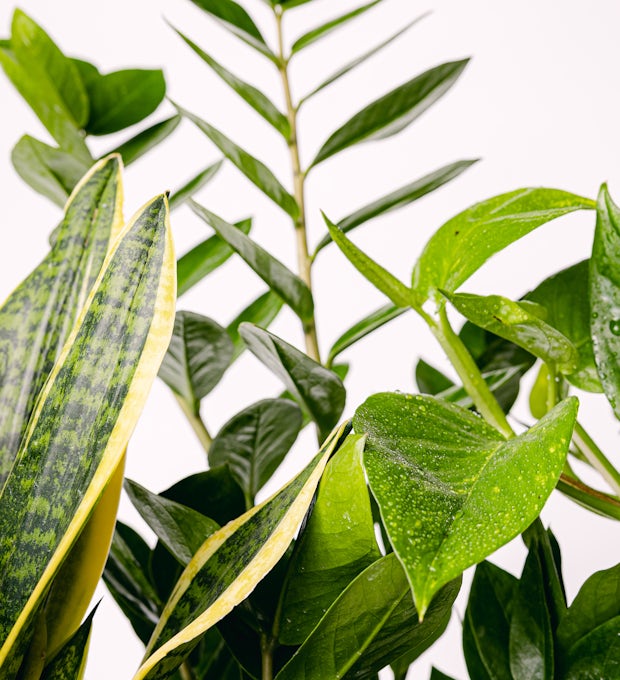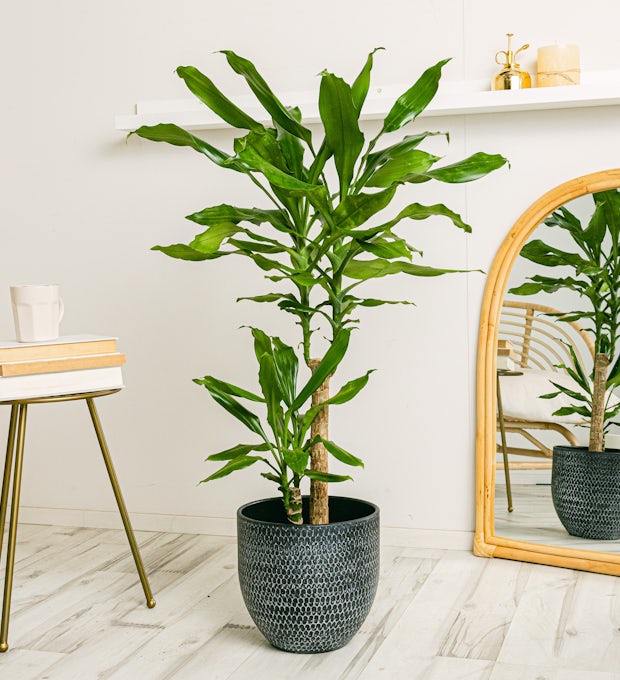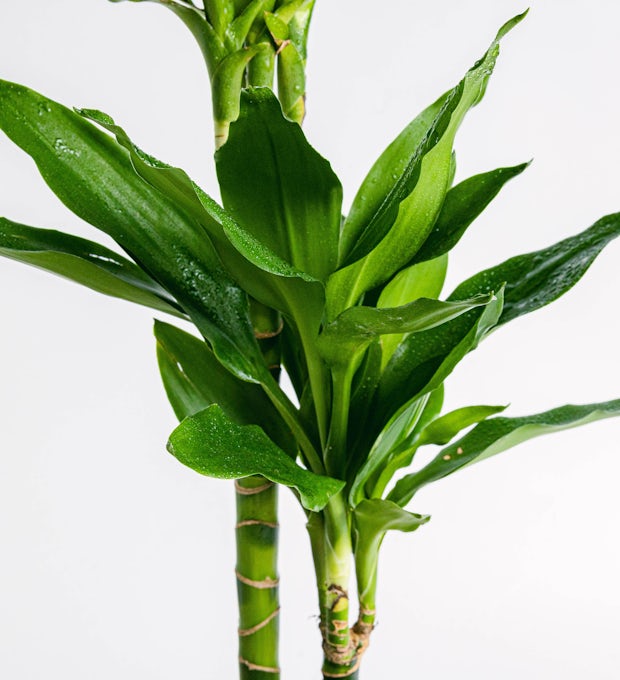Decorating with plants is a trend that never goes out of fashion. Among the earliest records of the use of indoor plants dates back to 600 BC, with the Hanging Gardens of Babylon. By 400 and 500 BC, the Egyptians, Romans and Greeks were using plants as decoration in terracotta pots, marble and other materials. Preference was given to ornamental plants with lots of flowers, such as roses and violets. In Asia, miniature gardens, bonsais and other plants were created to decorate the interiors of the homes of the most important people.
In our era, the use of plants has become a simple way to complement decoration, adding colour, dimension and life to spaces. They are more than just ornamental objects, they are living things that are growing, developing and transforming over time, adapting to the space around them. Plants as decoration are magnificent, as they also offer a way to release stress and connect with nature.
If you're thinking of incorporating plants into your decor but don't quite know how to start, you're in luck because we're going to share some tips on decorating with plants.
You'll be able to find the perfect plants or arrange the ones you already have to integrate them into your spaces.
Tips for decorating with plants
The first step is to recognise that a good part of design seeks to make the places you live in more comfortable and pleasant, but a good part of this process involves bringing part of the outdoors, of nature, indoors. Whether through textures, such as the wood of the furniture, shapes and colours, the natural immediately offers us a cosy sensation of calm and peace. It is something atavistic, which rests in the collective imagination. For this reason, using plants is essential to have that touch of life and balance.
- Observe your space: check the light that the place receives, if there are draughts, but also study the position and quantity of furniture you have, the colours, the height of the ceiling and the space available. This will allow you to understand what kind of plants can survive in that place, but it will also help you to look for decorative opportunities, those places that look abandoned, empty, that "lack something".
- Size matters: A great advantage of plants as living decorative accessories is that there is an unlimited range of colours, sizes and textures; so you will surely be able to find that tiny plant that can go on that mantelpiece (succulents are perfect for this) or that pair of palms that can frame the dining room or sofa.
- Make the most of vertical space: The floor or furniture surfaces are not the only options. vertical gardens and living pictures are on trend at the moment and offer you a beautiful, lively and dynamic alternative to the boring pictures or posters you might put on your walls.
We ship plants to all locations, you can see more options here.
- Abundance over quantity: if you are looking for a tropical, abundant, very green feeling you don't need to have dozens of plants, it will be enough to get a couple that have abundant, lush foliage, like a nice Boston Fern or an Adam's Rib. More than the number of plants you have, it's about taking advantage of scale, colour and texture.
We ship plants to all locations, you can see more options here.
- With height: if you have high ceilings, make the most of them by hanging pots of drooping plants. Potos, ferns and others are perfect for adding dimension to the space.
We ship plants to all locations, you can see more options here.
- Living centrepieces: Forget vases and dust-collecting pieces, you can use small plants and arrangements as centrepieces. how about a trio of cacti in matching pots?
- Use odd numbers: if you're going to group plants together (which you should because they do so well together) do it in odd numbers. It gives a sense of balance and visual harmony. That's why Be Green offers you trios and not pairs of plants.
- Make the most of colour: if you have a décor in light and pastel tones, you need a calathea triostar that harmonises with those details. deeper colours? Then look for plants like Alocasia amazonica that will stand out. Plants offer more than just a shade of green, you can use them to create contrasts and focal points.
- Mix up pot sizes: decorative pots are a must-have ally. Whether you prefer matching pots (ideal for centrepiece or raised arrangements) or pots of different colours and styles, playing with dimensions will allow you to create visually interesting compositions that add dimension.
We ship plants to all locations, you can see more options here.
- Symmetry: there are places where you can use the same plants and the same pots to give a sense of balance. For example, you could use two tall, long plants, such as Brazil Logs, to place at either end of a sofa or dining table.
We ship plants to all locations, you can see more options here.
While these tips can offer a guide, you decide what you like and how to place it in your home. Plants should suit your spaces, make it feel more welcoming and happy. Sometimes you need three messy potos to clutter your living room with their leaves, sometimes a couple of succulents are enough; the important thing is that for your mental health and for the balance of your décor you incorporate a little green into your life.
